Summary
- Some old Disney movies contain problematic scenes illustrating biases at the time of production.
-
Song of the South
is the most problematic Disney movie due to its romanticization of slavery and racial stereotypes. - Certain Disney Princess movies rely on problematic romances and the main character giving up everything for a man.
Disney is known for its beloved animated classics, plenty of which feature moments that have not aged well. It is not surprising that parts of Disney’s corpus are outdated or problematic when the studio has been producing movies since the 1930s. Even some titles which are considered among Disney’s best animated movies demonstrate some bad moments like this, proof that most people are willing to accept such flaws when the movie is decades old.
The things in old Disney movies that wouldn’t work today are illustrations of the biases that were much more prevalent in filmmaking 20, 50, or almost 100 years ago or are just story oversights that today’s sensibilities wouldn’t permit. A few classic Disney movies that haven’t aged well are doubtlessly still someone’s favorite, as even the movies up to the Disney Renaissance aren’t perfect. Modern viewers may watch these movies with an understanding of the time in which they were produced, but should still recognize the harmful implications of certain scenes.
Related
8 Times Disney Princesses Were Given A Raw Deal By Their Own Movies
While early Disney Princesses have poor characterization, some of the more modern Princesses’ inspirational moments are undermined by the story.
10 The Entirety Of Song Of The South
Song Of The South (1946)
Song of the South is infamously the most problematic Disney movie ever, which Disney has “tried and failed to remove […] from history” (via syfy.com). No single scene or moment is the problem; it is the whole product, which is why Disney has worked to erase it. The NAACP protested against Song of the South at the time it was released due to its romanticization of slavery and plantation life and the positive depiction of a master-slave relationship. A lot of racial stereotypes also appear in the movie.
It is nearly impossible to find a copy of Song of the South, and it is not available on Disney+. The longest-standing reminder that the movie ever existed was the water ride Splash Mountain at Disneyland Park, featuring the animal characters from Song of the South. However, Splash Mountain is now closed at Disneyland and undergoing renovations to be a homage to the movie The Princess and the Frog, due to Song of the South‘s history finally catching up.
9 Dumbo Meeting Jim Crow
Dumbo (1941)
For the creators of a movie that came out a few years before Song of the South, the idea of naming a cartoon crow Jim Crow probably seemed clever. However, this offensive pun has arguably become the most remembered part of Dumbo, along with other stereotyped characters. While the leader of the band of crows is named for the Jim Crow segregation laws of the 19th and 20th centuries, the whole group demonstrates Black stereotypes.
Another scene in Dumbo shows many faceless workers setting up the circus tent in the rain, singing lyrics such as: “We work all day, we work all night / We never learned to read or write […] We slave until we’re almost dead […].” The leader crow was renamed Dandy Crow sometime in the 1950s, although he is almost universally still remembered as Jim Crow. Meanwhile, Tim Burton cut both of these scenes from his live-action remake of Dumbo.
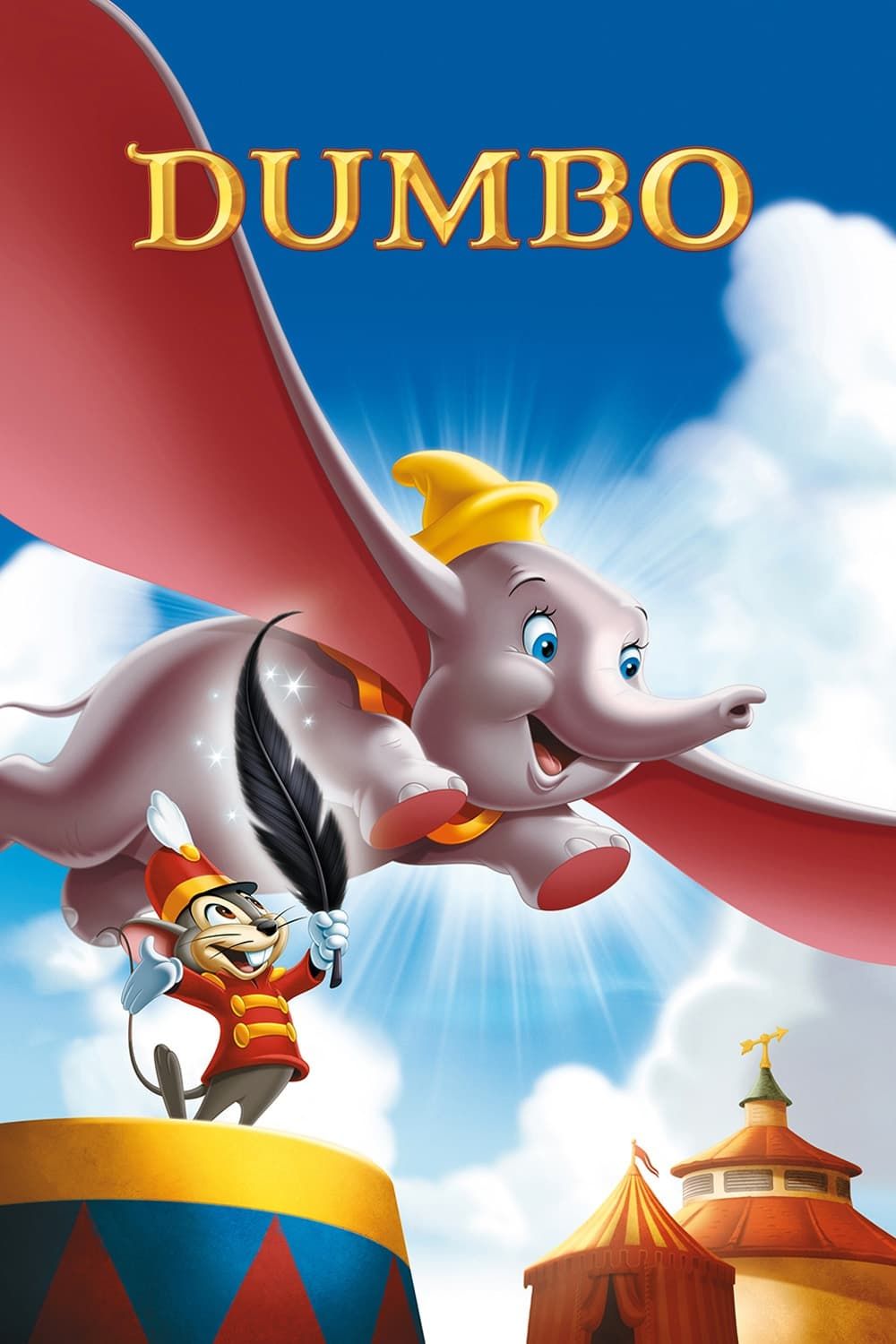
Dumbo
One in a series of live-action remakes for classic animated Disney films, Tim Burton’s Dumbo premiered in 2019 with a cast that included Danny DeVito, Colin Farrell, Michael Keaton, and Eva Green. Farrell and DeVito star as the proprietors of a failing circus, who get an unexpected windfall in the form of Dumbo, a baby elephant with unusually large ears who has the ability to fly. When Keaton’s corrupt businessman V. A. Vandevere attempts to use Dumbo and his mother for his own personal gain, the elephants’ allies must concoct a plan to get them to safety.
- Director
- Samuel Armstrong , Norman Ferguson , Wilfred Jackson
- Release Date
- October 31, 1941
- Writers
- Joe Grant , Dick Huemer , Otto Englander
- Cast
- Edward Brophy , Verna Felton
- Runtime
- 130 minutes
8 Pinocchio Smoking & Drinking
Pinocchio (1940)
A lot of Disney’s original Pinocchio is about Pinocchio being awful, indulging in sporadic whims rather than heeding his father, in service of his arc where he learns to be good and eventually saves Gepetto and becomes human. His misdemeanors lead him to end up on Pleasure Island with a bunch of other boys, where they can do whatever they please. In one scene, Pinocchio and his friend Lampwick are playing pool while enjoying beer and cigars.
The point is to show Pinocchio engaging in irresponsible behavior, for which he is punished shortly thereafter when the boys on the island start turning into donkeys. It is depicted through activities that are seen as indulgent and careless. However, this is much more harmful for underage characters. The one argument in the scene’s defense is that it does not argue that these behaviors are good (via looper.com), but it is still unsettling to show a scene of the children getting drunk.
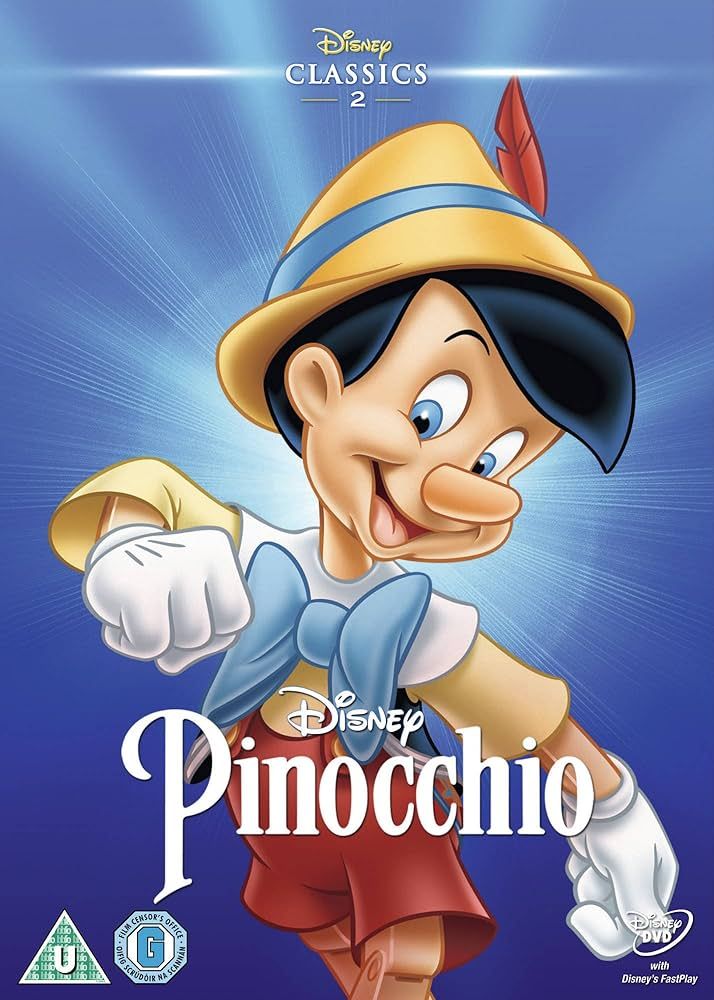
Disney’s Pinocchio
Gepetto, an old Italian carpenter, wanted to be a father so badly that his puppet of a boy came to life. However, the wooden boy doesn’t know right from wrong and his nose grows when he lies.
- Director
- Ben Sharpsteen , Hamilton Luske , Bill Roberts , Norman Ferguson , Jack Kinney , Wilfred Jackson , T. Hee
- Release Date
- February 23, 1940
- Cast
- Cliff Edwards , Dickie Jones , Christian Rub , Walter Catlett , Charles Judels , Evelyn Venable , Frankie Darro
- Runtime
- 88 Minutes
7 Aurora “Falling In Love” With Phillip
Sleeping Beauty (1959)
Very conveniently for the absent parents who arranged their marriage, Phillip happens to stumble upon the long-exiled princess betrothed to him at birth while she is unaware of her identity and living with her fairy godmothers in the forest. Seeing that she is in the middle of singing a dreamy tune about meeting her true love in a dream, Phillip sneaks up behind her and joins in. To her credit, Aurora is initially startled and defensive, not one to immediately trust a stranger in the wilderness.
Aurora doesn’t even get Phillip’s name and is devastated when she learns she is allegedly supposed to marry another man.
Phillip then makes a few reassuring comments and the two finish singing “Once Upon a Dream” together. Aurora doesn’t even get Phillip’s name and is devastated when she learns she is allegedly supposed to marry another man. However, the whole scenario heavily romanticizes Aurora falling in love with a stranger who she met in the middle of nowhere and who could have any kind of disturbing past. The sequence is still romantic by Disney’s standards, mainly because “Once Upon a Dream” is a great song.
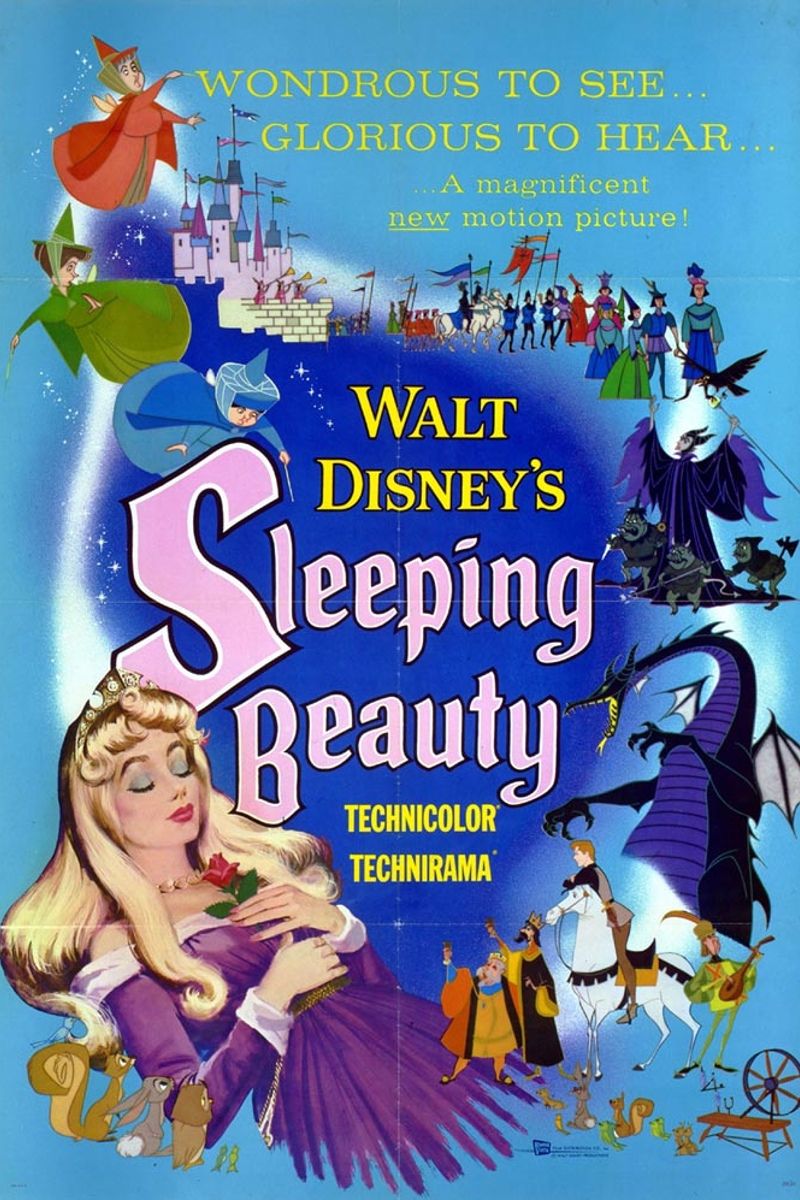
sleeping beauty
In Disney’s take on the classic fairy tale, Princess Aurora has been cursed by the evil Maleficent to prick her finger and fall into a deep sleep on her sixteenth birthday. Despite the efforts of the three fairies who raised her, the curse is soon upon Aurora, but hope lies with the handsome Prince Phillip.
- Director
- Clyde Geronimi , Wolfgang Reitherman
- Release Date
- January 29, 1959
- Writers
- Erdman Penner , Joe Rinaldi , Winston Hibler , Bill Peet , Ted Sears , Ralph Wright , Milt Banta
- Cast
- Mary Costa , Bill Shirley , Eleanor Audley , Verna Felton , Barbara Jo Allen , Barbara Luddy , Bill Thompson
- Runtime
- 75minutes
6 Lost Boys Celebrate With Tiger Lily’s Tribe
Peter Pan (1953)
Peter Pan adapted J. M. Barrie’s work, which already poses the problem of appropriating Indigenous culture by lifting it out of reality and characterizing it as a part of the fantasy setting of Neverland. The movie showcases a stereotyped and dehumanizing depiction of these people in the scene where the Lost Boys celebrate Tiger Lily’s safe return with them. Tiger Lily is the only one who looks like a real human; the rest have exaggerated features, while they all sing the awful song “What Made the Red Man Red.”
The “Indians” in Peter Pan exhibit costuming and practices that are the most stereotyped, commercialized version of Indigenous culture possible, while the Lost Boys mimic them by wearing feathered headdresses and shouting a lot of nonsense. How to adapt Tiger Lily and her people has proven to be a problem for each remake of Peter Pan, giving rise to other controversies. Meanwhile, Disney’s original Peter Pan has only become more criticized with time.
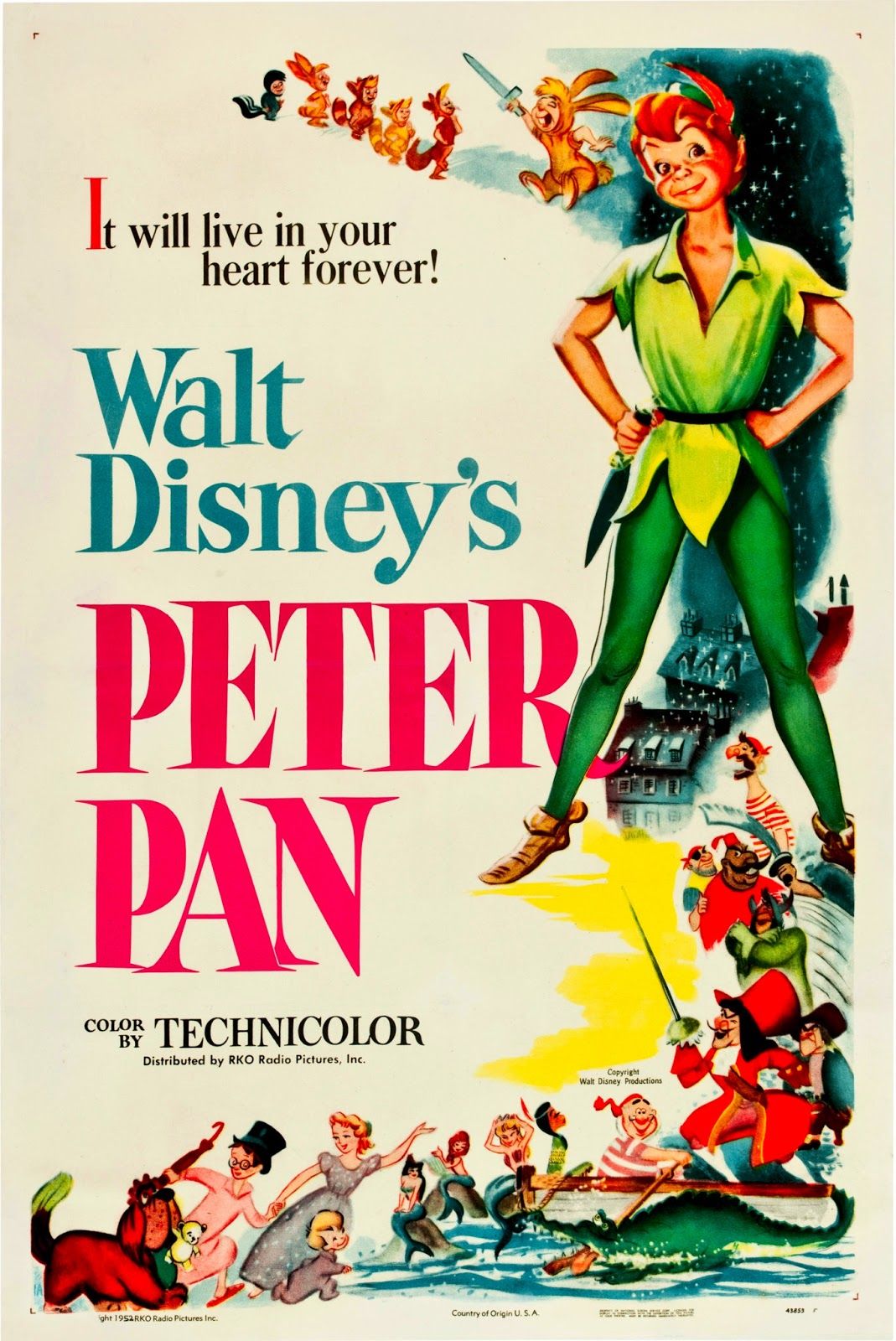
Peter Pan
This classic animated Disney film adapts J.M. Barrie’s beloved novel for the screen. Peter Pan meets the Darling children and whisks them away with Tinkerbell to an adventure in Neverland, where they clash with the pirates led by Captain Hook.
- Director
- Hamilton Luske , Clyde Geronimi , Wilfred Jackson
- Release Date
- February 5, 1953
- Writers
- Erdman Penner
- Cast
- Bobby Driscoll , Kathryn Beaumont , Hans Conried , Bill Thompson , Heather Angel , Paul Collins
- Runtime
- 77 minutes
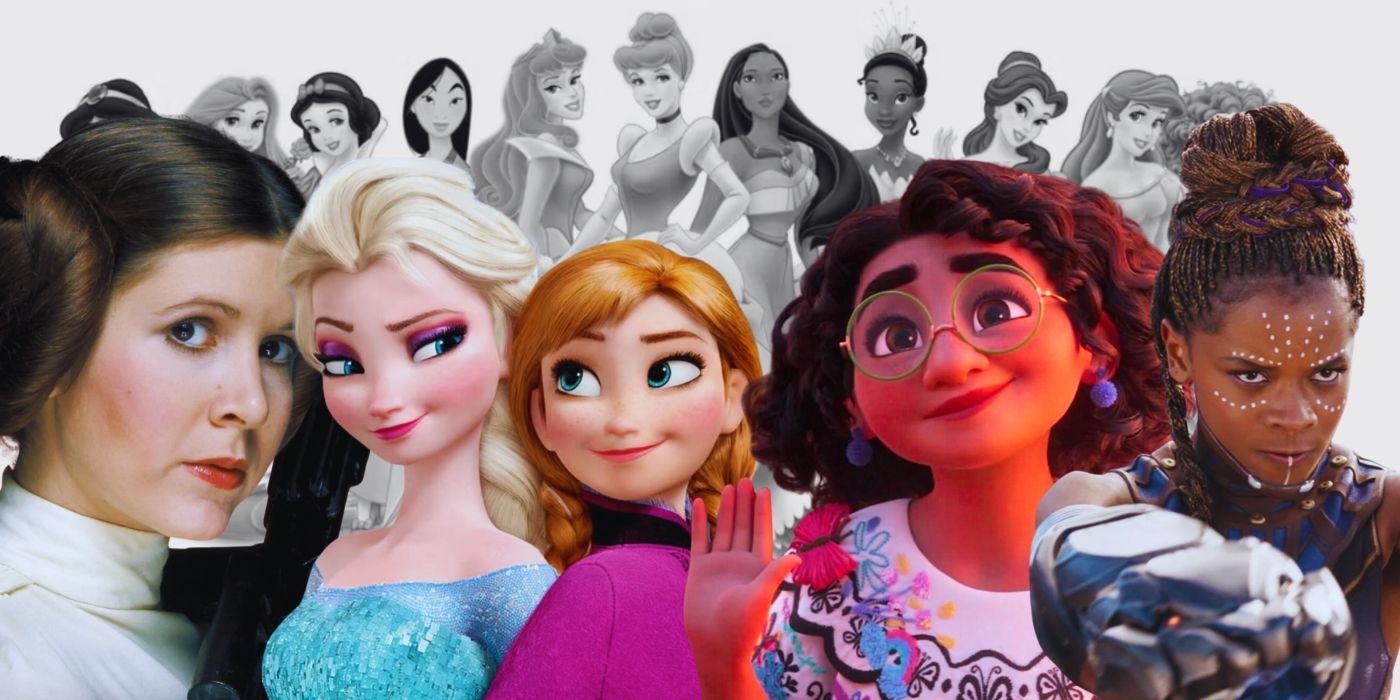
Related
Disney’s Best Unofficial Princesses, Ranked
Cinderella’s great and all, but let’s not forget these unforgettable, and unofficial, Disney princesses.
5 Siamese Cat Song
Lady And The Tramp (1955)
In a movie that focuses on anthropomorphic, primarily domesticated pets, the entire gimmick of the Siamese cats and their musical number is supposed to emphasize their breed. This leans into a lot of East Asian stereotypes, which are additionally characterized as villainous in the context of Si and Am destroying the house and letting Lady take the blame. Si and Am’s design is almost identical to that of Shun Gon in The Aristocats, with slanted eyes, buck teeth, and over-the-top accents.
Both movies utilize superficial symbols of East Asian culture in the scenes involving these cats: Si and Am’s song includes a gong sound while Shun Gon uses chopsticks while playing the piano. Both are instances of flattening this culture with the characters amounting to caricatures. Si and Am were replaced by different cats with a different song in the live-action Lady and the Tramp, which works just fine if the movie wants to have a sequence revolving around mischievous cats.
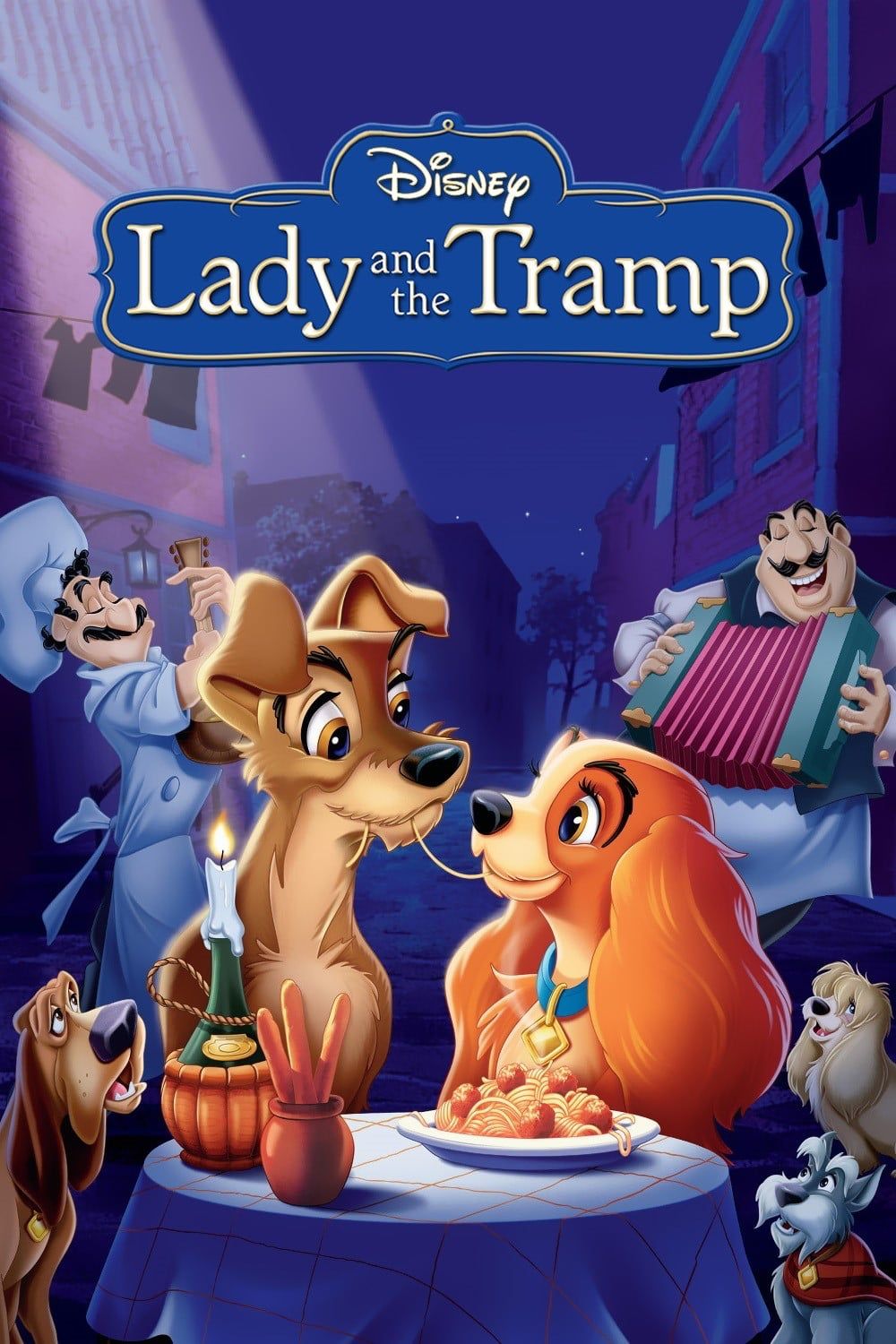
Lady and the Tramp (1955)
Lady and the Tramp is a 1955 animated romantic musical film produced by Walt Disney. The story follows a refined cocker spaniel named Lady and her adventures with a street-smart mutt known as Tramp. As they navigate differing worlds and social classes, their bond grows. Directed by Clyde Geronimi, Wilfred Jackson, and Hamilton Luske, the film stands as a classic in Disney’s animated repertoire.
- Director
- Clyde Geronimi , Wilfred Jackson , Hamilton Luske
- Release Date
- June 22, 1955
- Writers
- Ward Greene , Erdman Penner , Joe Rinaldi , Ralph Wright , Don DaGradi
- Cast
- Barbara Luddy , Larry Roberts , Bill Thompson , Dallas McKennon , Bill Baucom , Verna Felton , Peggy Lee
- Runtime
- 76 Minutes
4 Prince Kisses Snow White (& Aurora)
Snow White And The Seven Dwarfs (1937)
Snow White meets her prince once before she is exiled into the forest. The next time he encounters her, she is in her cursed sleep after eating the poisoned apple. Because she is unconscious, she does not consent to him kissing her. However, she is perfectly pleased when she wakes up and her “true love” has returned to her. There isn’t even any reason for the prince to believe that kissing Snow White will wake her up, other than his own intuition about how Disney movies work.
This same problem happens in Sleeping Beauty, with the variations that the two had an actual conversation the last time they met, and the curse is specifically said to be broken with a kiss (still not consensual). It is even more uncomfortable in the context of the source material, as some versions of “Sleeping Beauty” depict the prince getting her pregnant while she is in an enchanted sleep. Most tales like this are adapted by Disney in service of an idealized love-at-first-sight storyline that glosses over obvious problems.
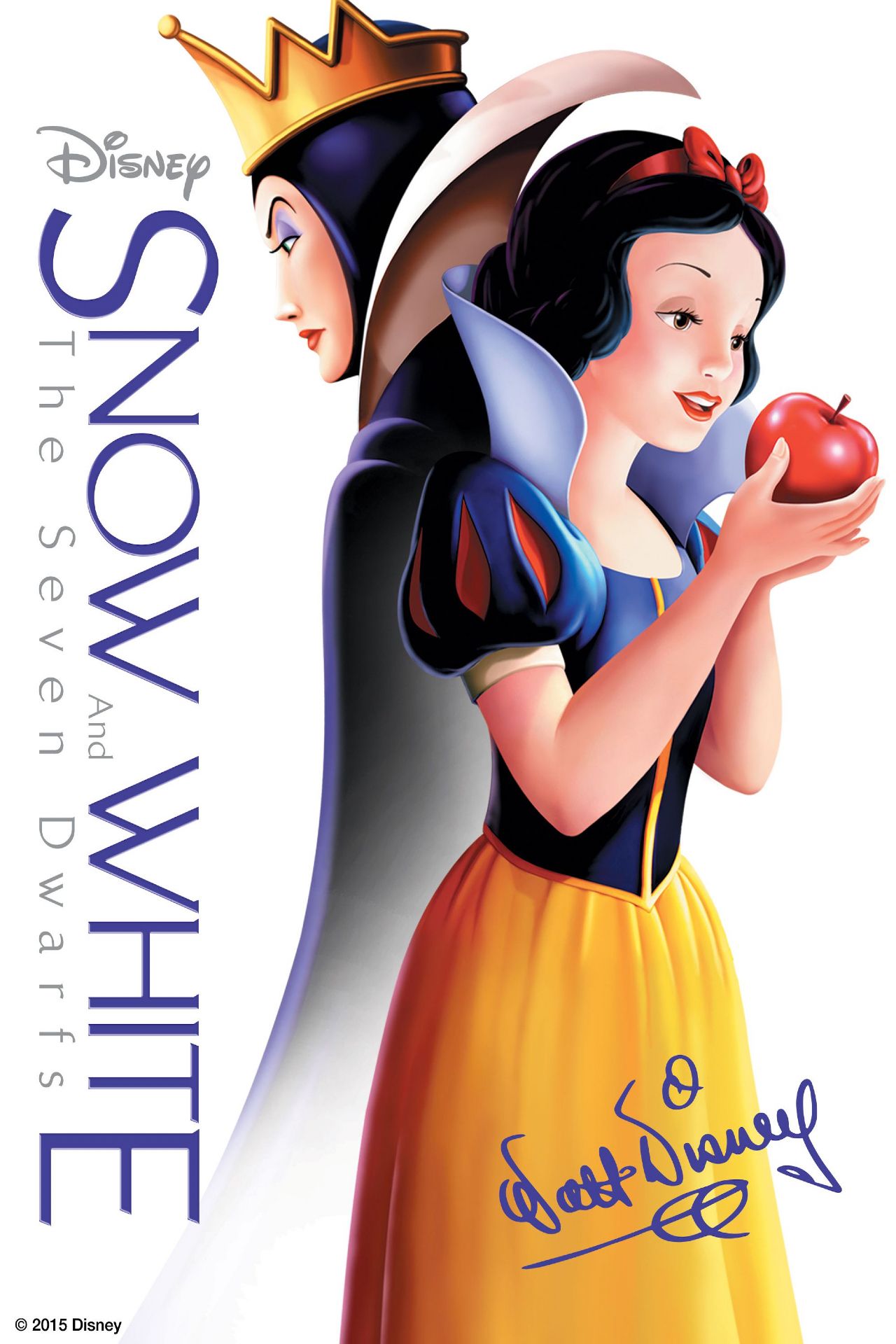
Snow White and the Seven Dwarfs
Disney’s iconic first feature-length animation tells the story of Snow White, a young princess whose beauty is coveted by an evil queen. After she orders that Snow White should be killed, the girl escapes to the forest, where she meets seven dwarfs who take her in. However, the queen knows that Snow White survives, and hatches a deadly plan involving a poisoned apple.
- Director
- David Hand , Perce Pearce , William Cottrell , Larry Morey , Wilfred Jackson , Ben Sharpsteen
- Release Date
- December 21, 1937
- Writers
- Ted Sears , Richard Creedon , Otto Englander , Dick Rickard , Earl Hurd , Merrill de Maris , Dorothy Ann Blank , Webb Smith
- Cast
- Adriana Caselotti , Roy Atwell , Pinto Colvig
- Runtime
- 83 Minutes
3 Ariel Signs Ursula’s Contract
The Little Mermaid (1989)
Once again, Disney presents what many consider to be a great scene because the music is amazing, even if some of the plot details are shaky. “Poor Unfortunate Souls” is doubtlessly one of the most iconic Disney villain songs, made more interesting by Ursula’s lyrics leaning into themes of women being silenced. However, in retrospect, Ariel makes a hasty decision to sign Ursula’s contract, when her earlier dialogue suggests she knows Ursula by reputation and that she is not to be trusted.
Ariel’s initial reaction to Ursula’s minions inviting her to meet the Sea Witch implies that she knows that while she may be mad at her father, bargaining with Ursula is dangerous. She also remarks that being human means she would never see her family again. Yet Ariel still signs the contract after a moment of consideration, giving everything up for a man she has yet to have a real conversation with. Her judgment in this scene is even poorer considering that she had the beginning of a plan to see Eric again anyway.
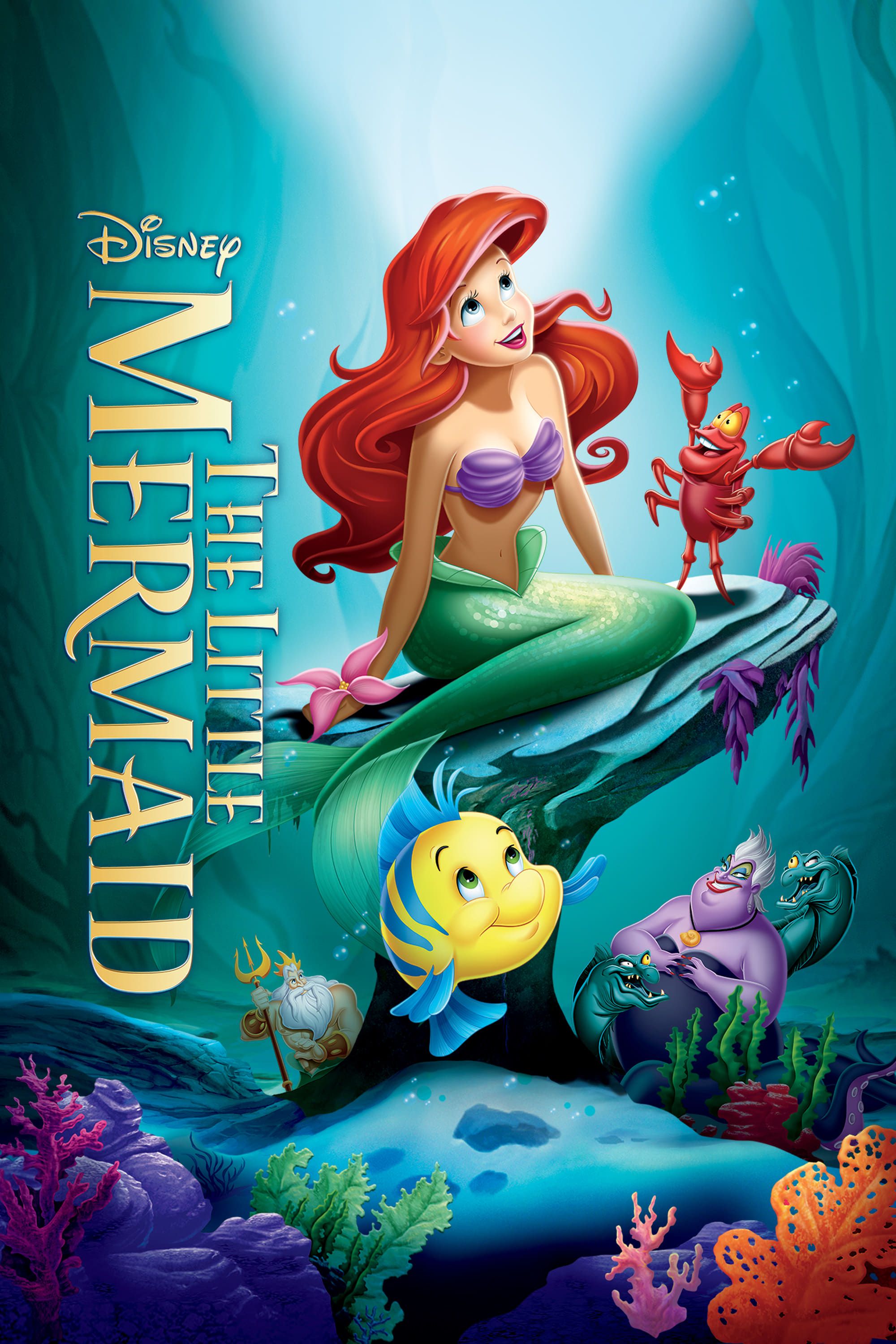
The Little Mermaid
The Little Mermaid is a 1989 Walt Disney animated film written and directed by John Musker and Ron Clements. It stars the voices of Jodi Benson, Pat Carroll, and Christopher Daniel Barnes, with music from Alan Menken. The plot follows a young mermaid named Ariel that wishes to abandon her life underwater and join the humans on land.
- Director
- Ron Clements , John Musker
- Release Date
- November 17, 1989
- Writers
- John Musker , Ron Clements
- Cast
- Jodi Benson , Samuel E. Wright , Rene Auberjonois , christopher daniel barnes , Pat Carroll , Jason Marin
- Runtime
- 63 Minutes
2 War Brewing Between English Settlers & The Powhatan Tribe
Pocahontas (1995)
The song “Savages” in Pocahontas casts the term onto both sides of the brewing conflict; the English settlers and the Indigenous Americans. The sequence is already uncomfortable because of how many times “savages” is said, given that it is exactly how colonists would have characterized the Indigenous peoples of the Americas. However, the way Pocahontas presents this moment more emphasizes the theme of unchecked hatred stemming from both groups not understanding each other, in the context of Pocahontas and John Smith resolving it with their romance.
This musical number doesn’t really work because it shows both sides ready to resort to violence.
In general, Pocahontas glosses over the irrevocable damage done to the Indigenous population, including the Powhatan people, by European colonialism. This musical number doesn’t really work because it shows both sides ready to resort to violence. Other moments in Pocahontas kind of establish that the English are the real villains, but they are still portrayed too sympathetically to properly acknowledge real historical tragedies.
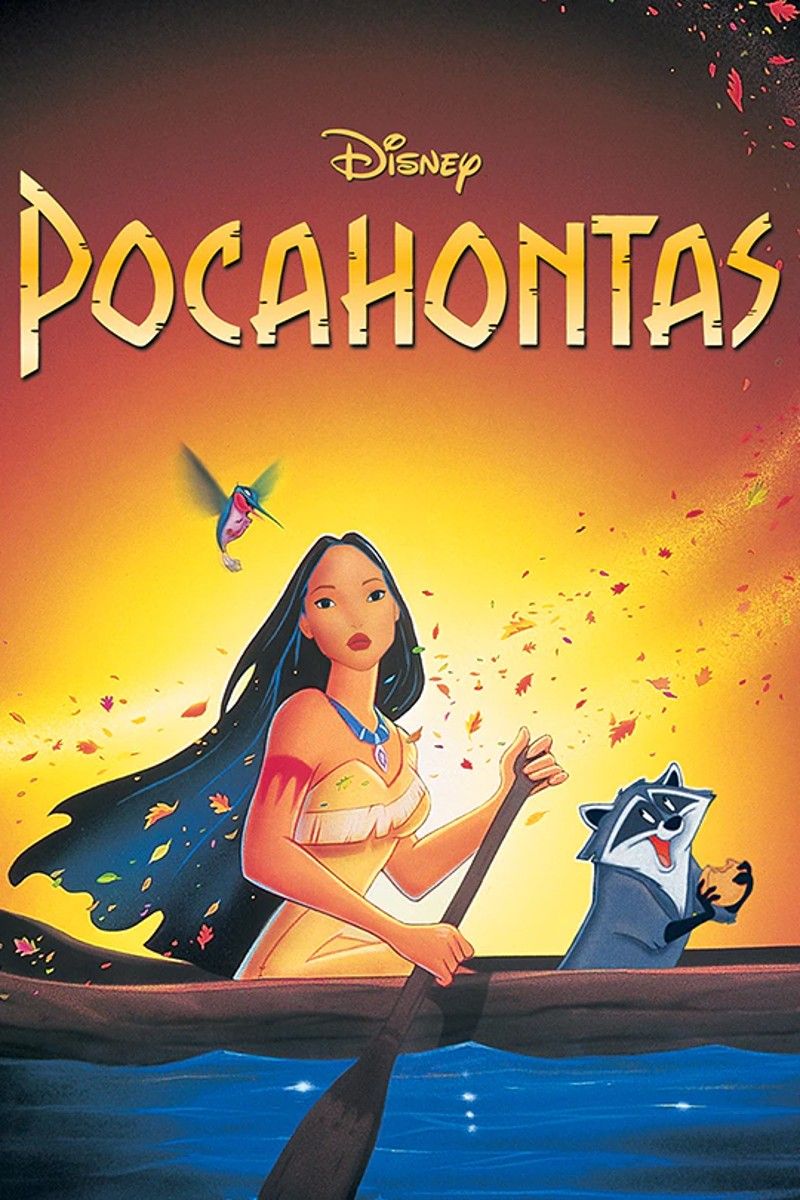
Pocahontas
In 1607, Pocahontas, a free-spirited young woman of the Powhatan Native American Tribe, meets arriving English settlers, including John Smith. As her feelings for John deepen, Pocahontas finds herself caught in the struggle between her family, and the settlers who seek violence with her people.
- Director
- Mike Gabriel , Eric Goldberg
- Release Date
- June 16, 1995
- Writers
- Carl Binder , Susannah Grant , Philip LaZebnik
- Runtime
- 81 minutes
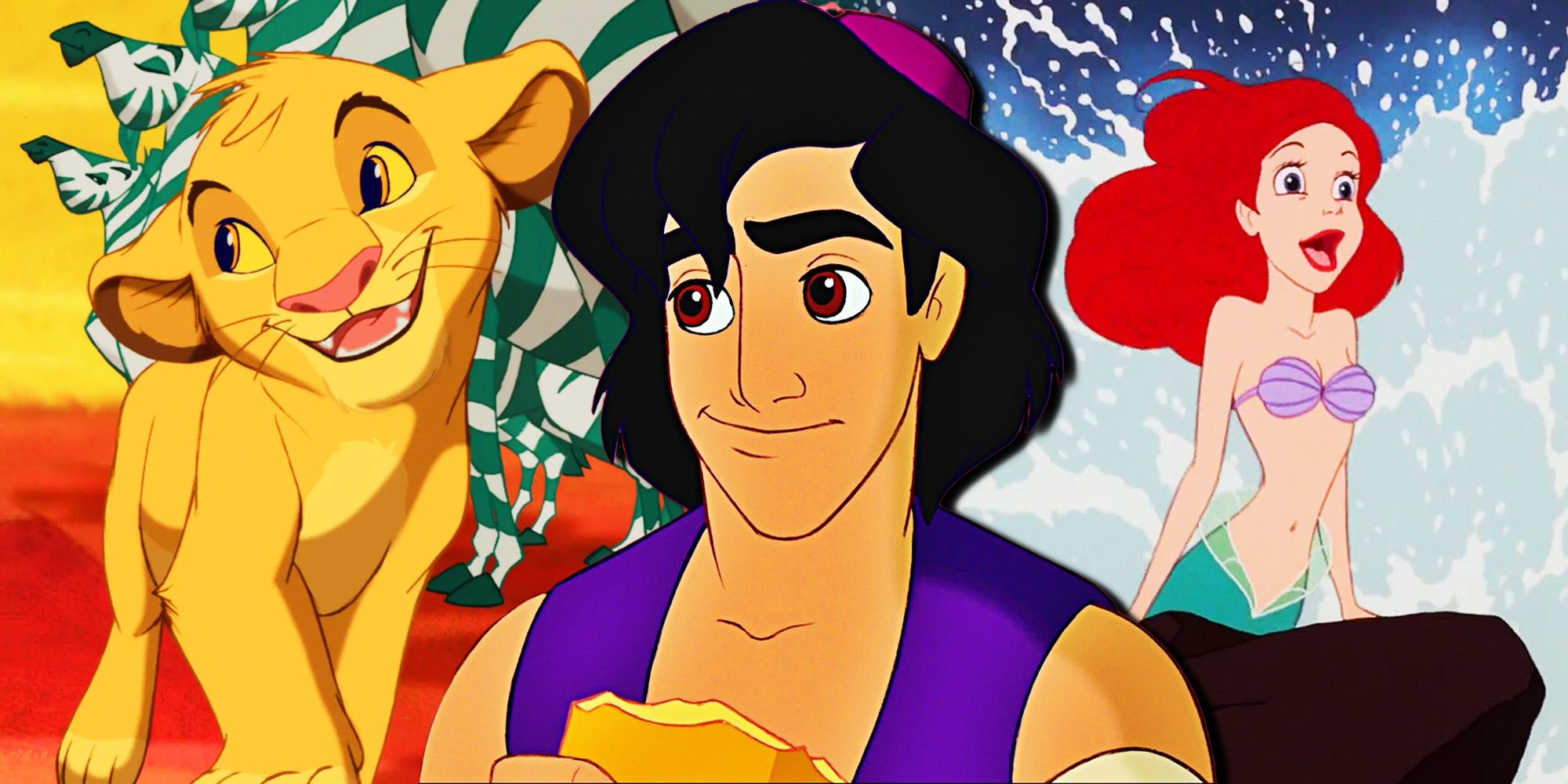
Related
All 10 Disney Renaissance Movies, Ranked Worst To Best
The Disney Renaissance was one of the most iconic periods for Disney animation, and of the 10 films from that time, only one can be the best.
1 “Arabian Nights” Opening
Aladdin (1992)
The melody and production design of “Arabian Nights,” the song that opens Aladdin, is powerful and foreboding. However, these elements as well as the lyrics are all in service of casting the Middle East as a dangerous and exotic location for the story to take place. Some of the lyrics that called Arabia “barbaric” were replaced in the live-action remake of Aladdin, in which the song is performed by Will Smith. Aladdin was met with criticism at the time of its release, with the American-Arab Anti-Discrimination Committee specifically criticizing this song (via The New York Times).
Aladdin is one of the movies that now includes a content advisory message on Disney+, stating that the content is still available to “spark conversation.” Despite being considered cinematic staples, many of Disney’s movies demonstrate outdated depictions of main characters and events, if they were even received well at the time. Today, Disney strives to create new hopeful fairy tale adventures that avoid these problems.
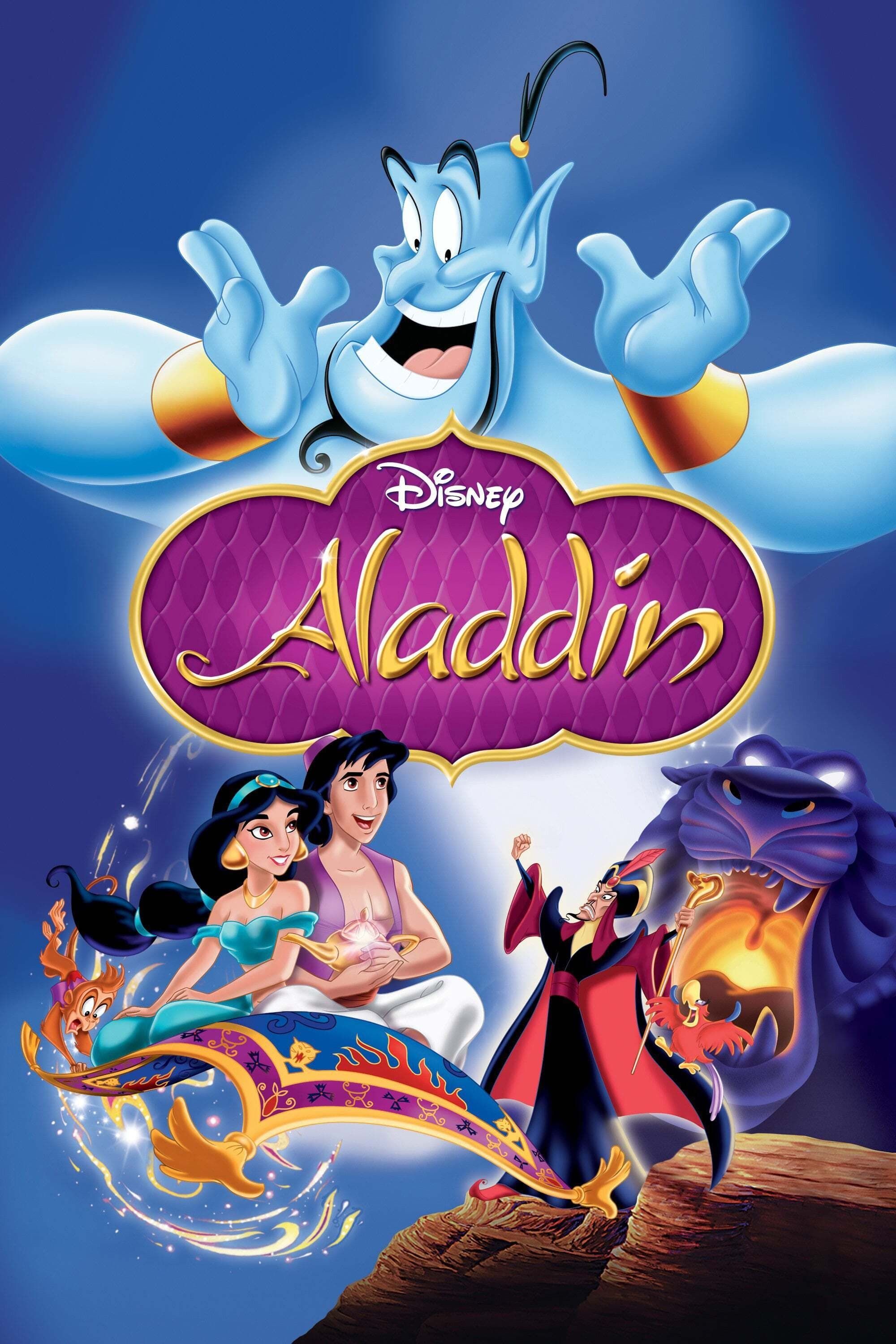
Aladdin (1992)
Aladdin is an animated musical fantasy film produced by Walt Disney Feature Animation. Directed by Ron Clements and John Musker, the film follows Aladdin, a street-smart youth in the city of Agrabah, who discovers a magical lamp containing a genie, voiced by Robin Williams. With the genie’s help, Aladdin tries to win the heart of Princess Jasmine while thwarting the schemes of the villainous Jafar.
- Director
- Ron Clements , John Musker
- Release Date
- November 11, 1992
- Writers
- Ron Clements , John Musker , Ted Elliott , Terry Rossio , Ed Gombert , Burny Mattinson
- Cast
- Scott Weinger , Robin Williams , Linda Larkin , Jonathan Freeman , Frank Welker , Gilbert Gottfried , Brad Kane , Lea Salonga
- Runtime
- 90 Minutes
Source: syfy.com, The New York Times, looper.com





